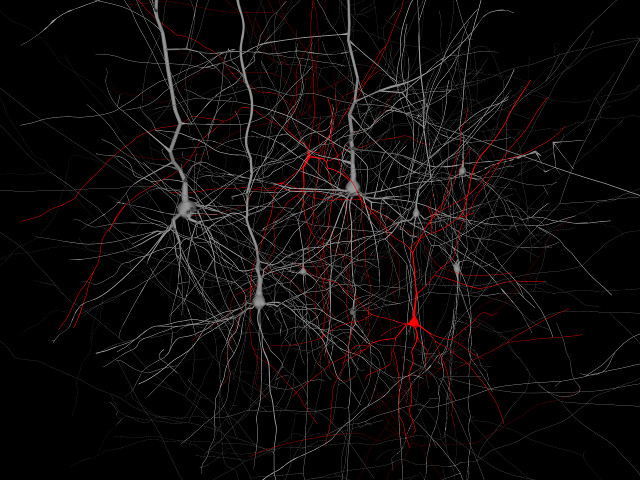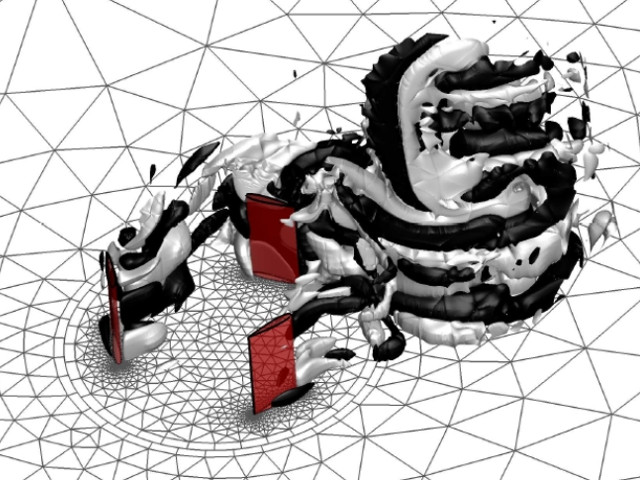Past Event
September 19, 2023
There will be, among other events, a welcome, institutional inauguration, presentations by groups and centers from all over the nation, shortened talks, poster presentations, managers’ meeting, networking cocktails, and during the industry day, talks with startups and established industries to end with a closing session this same day.



